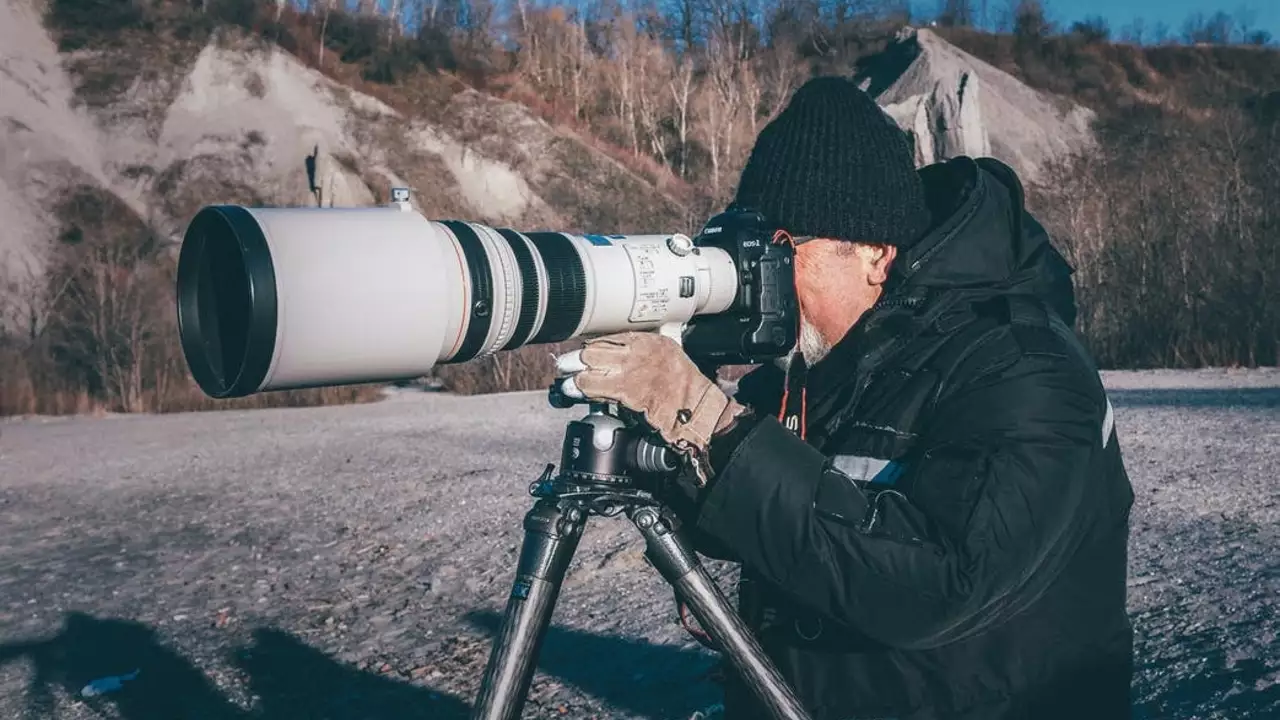Understanding the Basics of a 70-300 mm Lens
Let's start at the beginning, shall we? A 70-300 mm lens is a type of telephoto lens. This means it's designed for capturing subjects that are far away. The numbers 70 and 300 refer to the focal length of the lens. When it's set to 70 mm, you get a wider field of view. When it's set to 300 mm, you get a much narrower field of view, which is perfect for zooming in on distant objects.
There's a lot more to a 70-300 mm lens than just its focal length, though. This type of lens also has a variable aperture, which means it can let in different amounts of light depending on how it's set. This makes a 70-300 mm lens very versatile, as you can use it in a wide range of lighting conditions.
Exploring the Use of a 70-300 mm Lens in Portrait Photography
One of the main reasons photographers love using a 70-300 mm lens is because it's excellent for portrait photography. When you're shooting portraits, it's all about making your subject stand out. And one of the best ways to do that is by using a telephoto lens like the 70-300 mm.
With a telephoto lens, you can create a shallow depth of field. This means your subject will be in sharp focus while the background is beautifully blurred. This effect, known as bokeh, helps draw the viewer's attention to your subject. Also, the longer focal length of a telephoto lens can help to compress the features of your subject, making them appear more flattering in portraits.
Using a 70-300 mm Lens for Wildlife Photography
Another area where a 70-300 mm lens shines is in wildlife photography. When you're out in the wild trying to capture photos of animals, you can't always get up close and personal. That's where the 70-300 mm lens comes in handy.
With its long focal length, you can stay at a safe distance and still get high-quality, close-up shots of your subject. The result is stunning wildlife photos that are full of detail. The variable aperture also allows you to adjust for different lighting conditions, giving you the flexibility to shoot at different times of the day.
The Advantages of a 70-300 mm Lens in Sports Photography
If you're into sports photography, you're going to love using a 70-300 mm lens. When you're shooting fast-moving action, you need a lens that can keep up. With its long focal length, the 70-300 mm lens allows you to get close to the action, even if you're sitting in the stands.
Plus, many 70-300 mm lenses come with image stabilization, which can help reduce blur in your photos. This is crucial when you're shooting sports, as you often have to pan your camera to follow the action.
Travel Photography with a 70-300 mm Lens
When you're traveling, you want to be able to capture a variety of different shots, from wide landscapes to close-up details. That's why a 70-300 mm lens is a great choice for travel photography. Its versatility allows you to take a wide range of photos without having to switch lenses.
Whether you're shooting a sweeping landscape, a bustling cityscape, or a detailed close-up of a local landmark, a 70-300 mm lens can handle it all. Plus, it's relatively compact and lightweight, making it easy to carry around as you explore new places.
How to Get the Most Out of Your 70-300 mm Lens
So how can you get the most out of your 70-300 mm lens? First of all, it's essential to understand how to use it properly. This means knowing how to adjust the focal length and aperture to get the best possible shot.
It's also important to use a tripod when shooting at longer focal lengths. This will help keep your camera steady and reduce blur in your photos. And don't forget to experiment! A 70-300 mm lens is incredibly versatile, so don't be afraid to try out different types of photography.
In conclusion, a 70-300 mm lens is a versatile tool that can greatly enhance your photography. Whether you're into portraits, wildlife, sports, or travel photography, this lens can help you take your photos to the next level.

